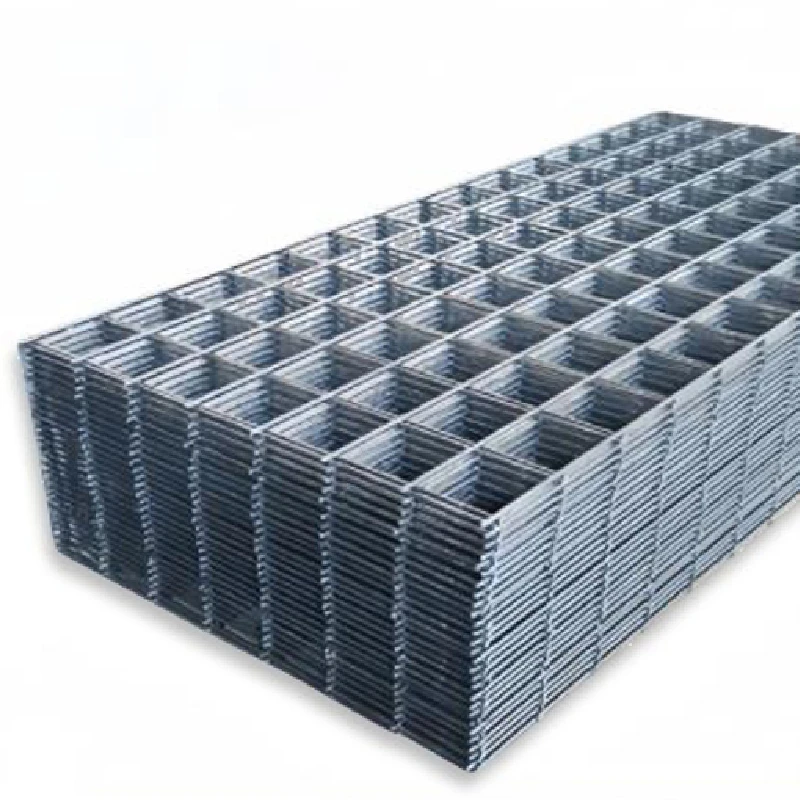Dec . 12, 2024 11:42 Back to list
types of wire mesh for concrete
Types of Wire Mesh for Concrete A Comprehensive Overview
Wire mesh, also known as welded wire fabric, plays a crucial role in the construction industry, especially when it comes to reinforcing concrete structures. The use of wire mesh helps enhance the strength, durability, and structural integrity of concrete slabs, walls, and foundations. In this article, we will explore the various types of wire mesh commonly used for concrete applications, their properties, and the benefits they offer.
1. Welded Wire Fabric (WWF)
Welded wire fabric is the most widely used type of wire mesh in concrete reinforcement. It consists of a series of longitudinal and transverse wires that are welded together at their intersection points. The spacing between the wires can vary, allowing for flexibility in choosing the appropriate mesh for specific applications. Common sizes for welded wire fabric range from 4x 4 to 12x 12 grids.
Advantages - Provides uniform distribution of stress across the concrete. - Reduces the likelihood of cracking and increases tensile strength. - Available in various wire diameters to suit different load requirements.
2. Reinforcing Bar (Rebar) Mesh
Though technically not wire mesh in the traditional sense, rebar mesh is often used interchangeably with wire mesh for reinforcing concrete. Rebar is made from steel and comes in varying diameters (typically from 2 to 18), and can be arranged in a grid format to enhance the tensile strength of concrete.
Advantages - Offers greater structural support for heavier loads. - Resists bending and deformation under stress. - Ideal for high-load applications such as foundations and roadways.
3. Galvanized Wire Mesh
Galvanized wire mesh is coated with zinc to prevent corrosion, making it especially suitable for areas exposed to moisture. This type of mesh is commonly used in applications where concrete is subjected to harsh environmental conditions or where enhanced durability is required.
Advantages - Excellent resistance to rust and corrosion. - Extended lifespan compared to uncoated wire mesh. - Suitable for outdoor applications, including driveways and parking lots.
types of wire mesh for concrete

4. Stainless Steel Wire Mesh
For the highest level of corrosion resistance, stainless steel wire mesh is an option that is particularly useful in chemical plants, coastal areas, and other environments where concrete is susceptible to aggressive chemicals and moisture.
Advantages - Superior corrosion resistance and durability. - Maintains structural integrity in extreme environments. - Low maintenance over time, reducing long-term costs.
5. Fiberglass Mesh
Fiberglass mesh is an increasingly popular alternative to traditional steel wire mesh, particularly in thin-set applications. It offers lightweight reinforcement and is resistant to rust and corrosion. Fiberglass mesh is used primarily in thin concrete layers, stucco, and masonry applications.
Advantages - Lightweight and easy to handle. - Excellent corrosion resistance. - Reduces the risk of cracking in thinner applications.
6. Plastic Mesh
Plastic mesh, often made from polyvinyl chloride (PVC), is used in specific applications where traditional wire mesh may not be necessary. While it does not provide the same level of strength as metal options, it is often employed for temporary reinforcements and in situations where corrosion is a concern.
Advantages - Lightweight and inexpensive. - Resistant to corrosion and chemicals. - Easy installation, often used in minor projects or temporary constructions.
Conclusion
Choosing the right type of wire mesh for concrete applications is crucial for ensuring the longevity and durability of a structure. welded wire fabric, rebar mesh, galvanized wire mesh, stainless steel wire mesh, fiberglass mesh, and plastic mesh all have unique properties that cater to different construction needs. By understanding the strengths and applications of each type, engineers and builders can select the most appropriate reinforcement method for their specific projects, ultimately contributing to safer and more resilient concrete structures.
-
Reinforcing Mesh: Core Material of the Construction Industry
NewsJul.07,2025
-
Welded Wire Fabric Reinvented for Modern Projects
NewsJul.04,2025
-
Superiority of Stainless Steel Woven Mesh
NewsJul.04,2025
-
Key Types of Razor Wire and Their Applications
NewsJul.04,2025
-
Durable Metal Fence Types for Security
NewsJul.04,2025
-
Best Materials for Livestock Fence
NewsJul.04,2025
products.







